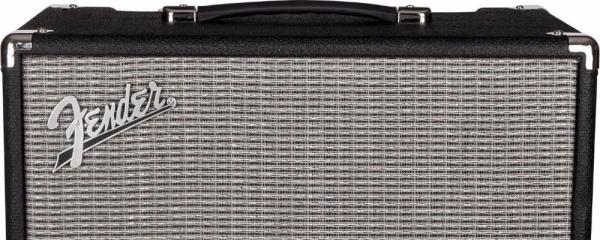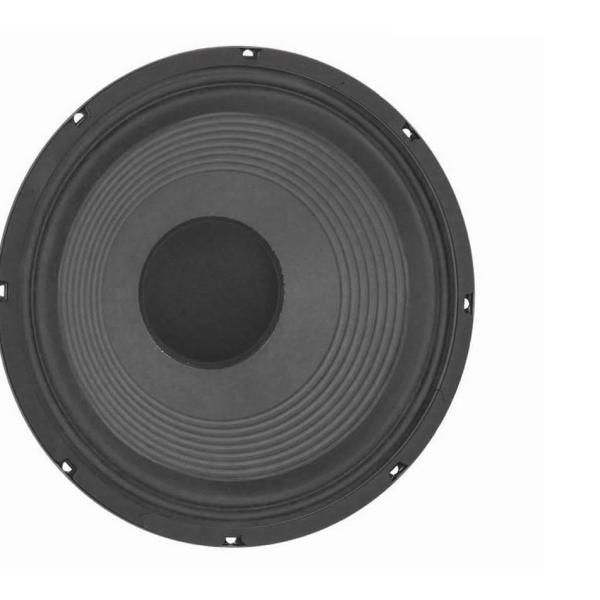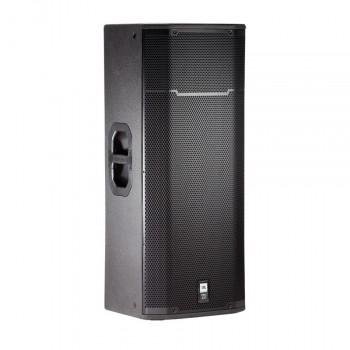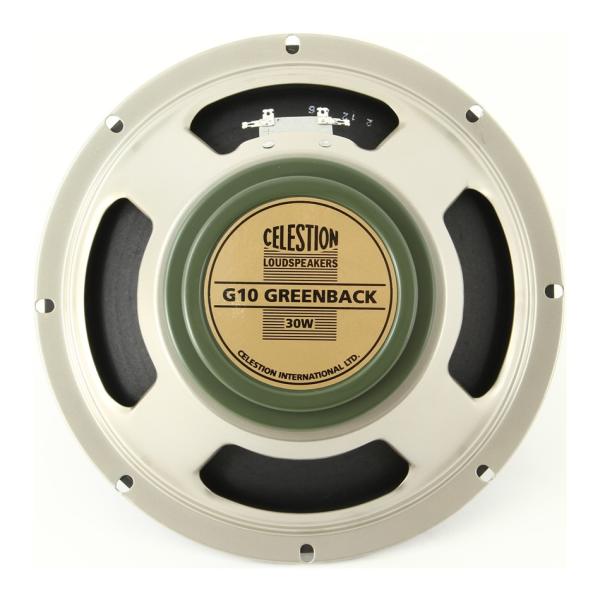Language
Amp Speakers
-
Speaker Cabinet Construction And Tone
Much like a guitar, there are multiple parts of a speaker cabinet that contribute to its overall tone. While major components such as the speakers themselves are obvious factors, other attributes play a role as well. Today, we’d like to focus on the rest of the story. Read below for more information on how size, wood type, and baffle construction affect a speaker cabinet’s overall tone. Continue reading → -
Breaking in a New Speaker
[caption id="attachment_3033" align="alignright" width="165"]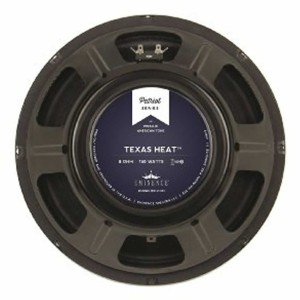 Eminence Patriot Series Texas Heat 12" Guitar Amp Cab Speaker 8 ohm @ $79.99[/caption]
Q: "I just bought a brand new speaker for my guitar cab. What's a good technique I can use to break it in?"
A: The first thing you should be aware of before you begin is that no two speakers, even those of the exact same model, will break-in the same way at the same amount of time, meaning there's no universal method that will give consistent results across the board. As far as what constitutes the right amount of break-in, it all depends on personal taste. Some players prefer the sound of a heavily aged speaker while others like them best fresh out of the box. But for the most part, players usually like them somewhere in between. Although a speaker will continue to break-in throughout its lifespan, the most noticeable amount will happen early on. Continue reading →
Eminence Patriot Series Texas Heat 12" Guitar Amp Cab Speaker 8 ohm @ $79.99[/caption]
Q: "I just bought a brand new speaker for my guitar cab. What's a good technique I can use to break it in?"
A: The first thing you should be aware of before you begin is that no two speakers, even those of the exact same model, will break-in the same way at the same amount of time, meaning there's no universal method that will give consistent results across the board. As far as what constitutes the right amount of break-in, it all depends on personal taste. Some players prefer the sound of a heavily aged speaker while others like them best fresh out of the box. But for the most part, players usually like them somewhere in between. Although a speaker will continue to break-in throughout its lifespan, the most noticeable amount will happen early on. Continue reading → -
Does Speaker Power Rating Determine Loudness?
We often run into players who assume that a PA speaker’s Power Rating (also known as Watts or Wattage Rating) directly reveals their apparent loudness. In other words, they believe that a PA speaker with a higher power rating will be louder than one with a lower rating. The short answer to this is, maybe – but maybe not. In this article, we’ll take a quick look at what the power rating actually determines as well as the factors that contribute to a speaker’s apparent loudness. Continue reading → -
Why Guitar Speaker Size Matters
These days, it’s a becoming more widely understood by the average player just how important a role speakers play in their overall tone. With that in mind, it's no surprise just how popular the upgrade speaker market has become. But with so many brands, styles and size combinations to choose from, it can be a difficult task trying to figure out which speaker is best for you. The most popular format is easily the 12-inch speaker, but with an increasing range of quality 10-inch and some interesting 15-inch speakers available, the best way to figure out which is best for you is by learning the role size plays in a speaker's overall tone. Continue reading → -
The Importance Of A Speaker's Resonant Frequency
If you've ever taken a look at the specs a speaker you've probably noticed that they are labeled with a certain frequency, 55Hz or 75Hz for example. This parameter is known as the speaker's resonant frequency. Every object in the world has a resonant frequency. That's the frequency that the object will sound, or resonate, when struck. A lightweight object will generally have a higher resonant frequency than a heavy object. The weight of the object, however, is not the only determinant of resonant frequency as the density of the object also contributes a role. Continue reading →

